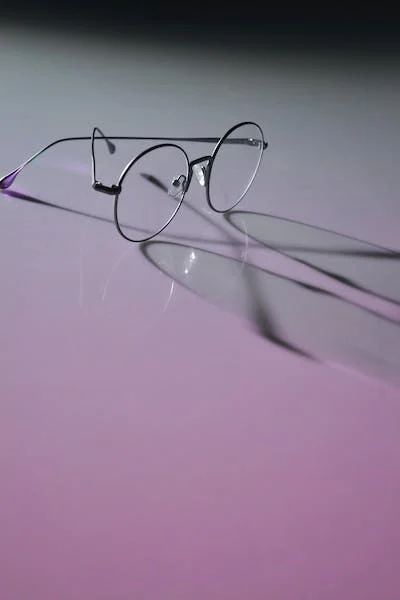Spherical lenses have become an integral part of various industries, revolutionizing the way we perceive and interact with the world around us. These lenses, characterized by their curved surface, play a crucial role in optics, photography, and numerous other applications. In this article, we delve into the intricacies of spherical lenses, exploring their construction, uses, and the impact they have on technology and our daily lives.
Understanding Spherical Lenses
Spherical lenses, as the name suggests, are lenses with a curved, spherical surface. This curvature allows them to focus light either inward or outward, depending on the type of lens. There are two main categories of spherical lenses: converging lenses, which bring light rays together, and diverging lenses, which spread light rays apart. This fundamental characteristic makes them versatile tools in various optical devices.
Construction of Spherical Lenses
Spherical lenses are typically crafted from transparent materials, such as glass or plastic, and their shape determines their optical properties. Convex lenses, which bulge outward, are converging lenses, while concave lenses, which curve inward, are diverging lenses. The manufacturing process involves precision shaping and polishing to ensure the lens can effectively manipulate light.
Applications of Spherical Lenses
The applications of spherical lenses span a wide range of industries, showcasing their adaptability and significance.
Optics and Imaging
Spherical lenses are fundamental components in optical instruments like cameras, telescopes, and microscopes. In cameras, they focus light onto the camera sensor, creating clear and sharp images. Telescopes utilize large convex lenses to magnify distant celestial objects, bringing the wonders of the universe closer to us. Microscopes, on the other hand, use a combination of lenses to enhance the visibility of tiny specimens.
Eyewear
In the realm of eyewear, spherical lenses correct vision problems, such as myopia (nearsightedness) and hyperopia (farsightedness). Prescription glasses and contact lenses leverage the refractive properties of these lenses to ensure that light entering the eyes is focused properly, providing clearer vision.
Projectors
Spherical lenses play a crucial role in the field of projection technology. Projectors use converging lenses to focus light and project images onto screens or surfaces. The precision of these lenses directly influences the clarity and quality of the projected image.
The Future of Spherical Lenses
As technology advances, so does the potential of spherical lenses. Ongoing research is exploring ways to enhance the performance of these lenses, making them more efficient and adaptable to emerging technologies. From augmented reality devices to medical imaging advancements, the future holds exciting possibilities for spherical lenses.
Conclusion
Spherical lenses are indispensable in today’s world, contributing to advancements in optics, imaging, and various other fields. Their ability to manipulate light has paved the way for innovations that impact our daily lives. As we continue to unlock the mysteries of the universe and improve the quality of our visual experiences, the role of spherical lenses will undoubtedly remain central to technological progress.




